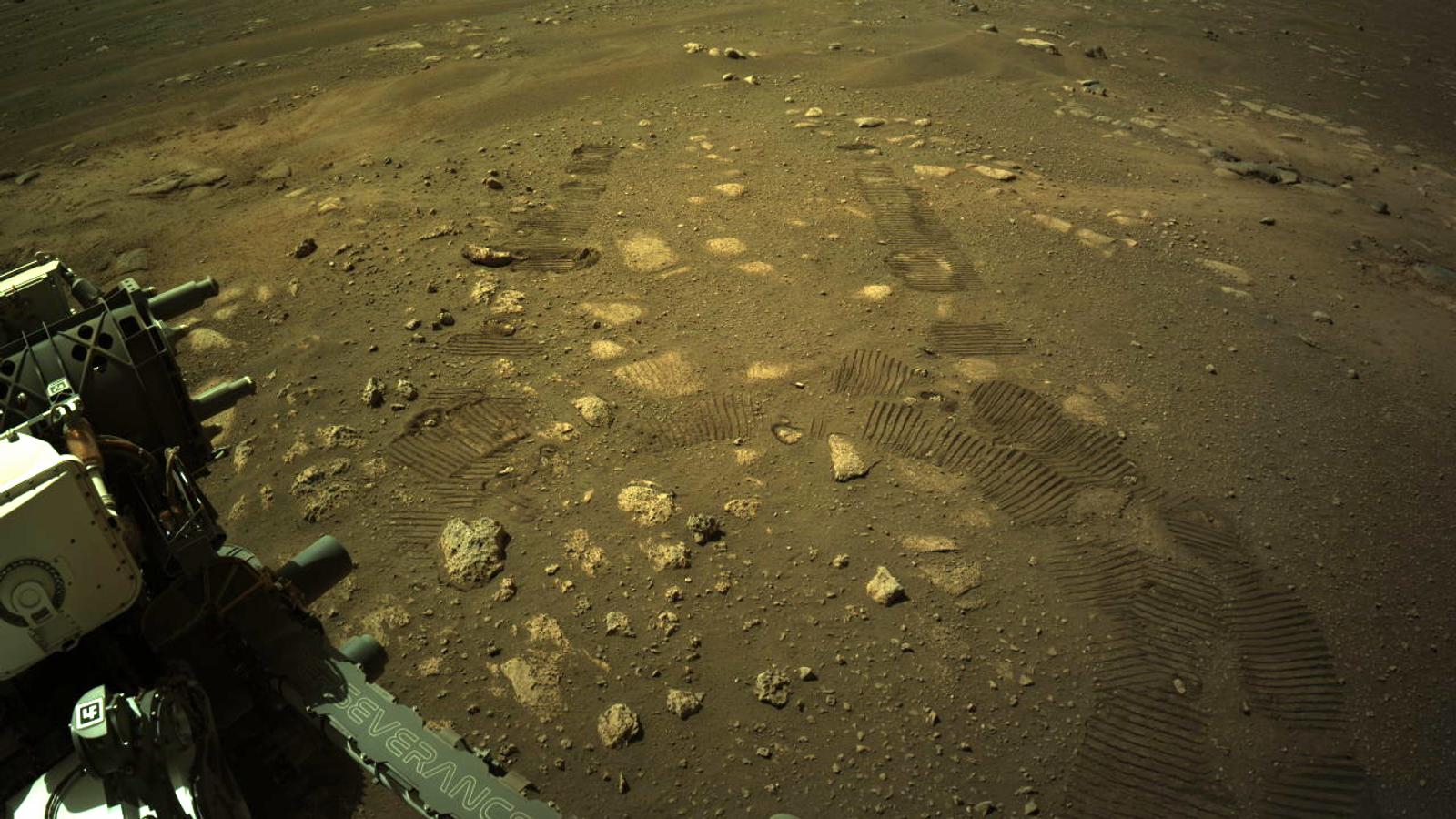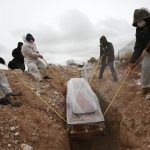NASA’s Perseverance rover has taken its first drive on Mars, just weeks after landing on the Red Planet.
The one-tonne robot travelled 21.3ft (6.5m) in a mobility test that the space agency said will allow the checking and calibrating of the rover’s systems and instruments.
Once Perseverance really gets going, it is expected to undertake regular commutes of 656ft (200m) or more.
Anais Zarifian, Mars 2020 Perseverance rover mobility test bed engineer at NASA’s Jet Propulsion Laboratory in Southern California, said: “When it comes to wheeled vehicles on other planets, there are few first-time events that measure up in significance to that of the first drive.
“This was our first chance to ‘kick the tyres’ and take Perseverance out for a spin.”
And the news was good: Ms Zarifian said the rover’s six-wheel drive “responded superbly”, adding: “We are now confident our drive system is good to go, capable of taking us wherever the science leads us over the next two years.”
Perseverance was moving for about 33 minutes, first driving 13ft before turning in place 150 degrees and reversing 8ft to find its new parking space.
The rover landed on Mars on 18 February to much celebration in the US and across the world, becoming the ninth spacecraft since the 1970s to achieve such a feat.
I’m on the move! Just took my first test drive on Mars, covering about 16 feet (5 meters). You’re looking at the very beginning of my wheel tracks. Many more to make. pic.twitter.com/7tFIwWFfJ4
The landing came after a 300 million-mile journey over nearly seven months, as part of a mission to find out whether there was once life on the mysterious planet.
Scientists believe that if there ever was life on Mars, it would have been 3 billion to 4 billion years ago, when water still flowed there.
Two spacecraft from the UAE and China have also swung into orbit around Mars in recent weeks, a sign of the growing global interest.
Perseverance carries 19 cameras – more than any other interplanetary mission – and has sent 7,000 photos back to earth already.
Subscribe to the Daily podcast on Apple Podcasts, Google Podcasts, Spotify, Spreaker
The rover is also kitted out with a navigation system to help it avoid dangerous boulders and ravines, a range of scientific instruments for performing experiments, and a miniature helicopter that will become the first rotorcraft to fly on another planet.
The samples of rock and soil it collects will be sealed in tubes and left in a well-identified place on the surface for a future mission to collect.
Next up on Perseverance’s diary are more tests, and the calibration of its scientific instruments and longer test drives, as well as the experimental flight test programme for the Ingenuity Mars Helicopter it is carrying.






















